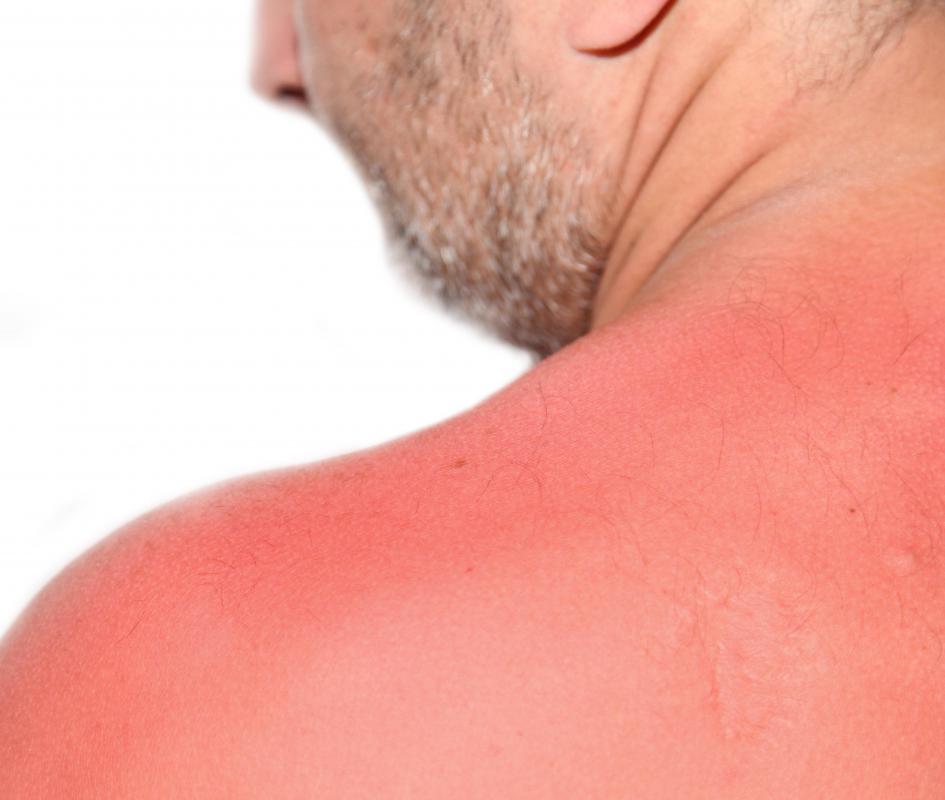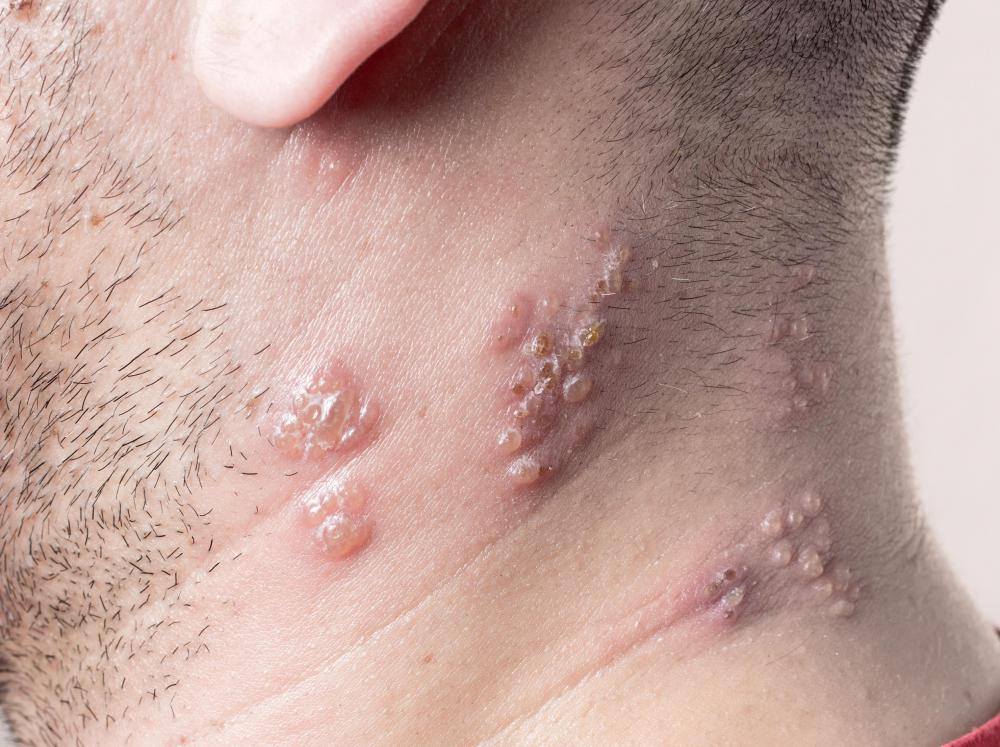At WiseGEEK, we're committed to delivering accurate, trustworthy information. Our expert-authored content is rigorously fact-checked and sourced from credible authorities. Discover how we uphold the highest standards in providing you with reliable knowledge.
What is Skin Grafting?
Many people with serious tissue wounds need to have some type of medical grafting. Skin grafting is when one patch of skin, or tissue layer, is surgically removed from one part of the body and transplanted to another area. The actual tissue being transplanted is referred to as the skin graft. It is often used when other methods of skin reconstruction, such as primary closure or local skin flaps, are not viable options to the reconstructive surgeon. Skin grafting is quite common as a treatment done for burns, extensive skin wounds and skin loss from infection.
There are two major types of skin grafts: full-thickness skin grafts (FTSGs) and split-thickness skin grafts (STSGs). Both forms typically require the removal of the damaged skin first, which is sometimes called excision of the skin. STSGs generally are used when aesethics are not of concern, for coverage of chronic unhealing areas and for coverage of burn areas to promote faster healing time. FTSGs are typically done when the damaged area tissue is scarce or immobile, or the surrounding skin has malignant lesions. This type of skin grafting is commonly done on areas such as the nasal tip, forehead and eyelids.

STSGs are similar to peeling the skin off a vegetable and commonly utilize a specialized surgical tool called a dermatome, which cuts the epidermis and a small portion of the dermis. FTSGs require cutting into the skin tissue more deeply. FTSGs usually are more risky procedures and leave a scar comparable to one created by a Cesarean section. They do heal more quickly than an STSG, and some say they are the least painful type of skin grafting.

After the tissue is removed from the donor area or separate donor person, the graft is spread on the damaged skin area and secured in place with small stitches or staples. Typically, the skin graft then begins the plasmatic imbibitions process, which is when it absorbs the plasma from the damaged area. For many people, new blood vessels begin growing within 36 hours. This period usually is referred to as capillary inosculation.

As with all major surgeries, there are risks involved with skin grafting treatments. Some common risks include infection, bleeding, nerve damage and loss of the skin graft. Skin graft rejection sometimes occurs as well. If the skin graft doesn’t heal, repeated skin grafting usually is necessary. Even when the treatment and healing is going well, patients must avoid exercise or stretching the affected areas and must maintain clean dressings on the wound.
AS FEATURED ON:
AS FEATURED ON:
















Discuss this Article
Post your comments